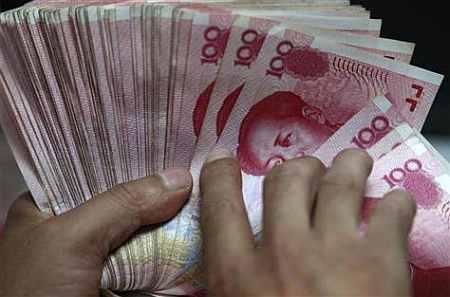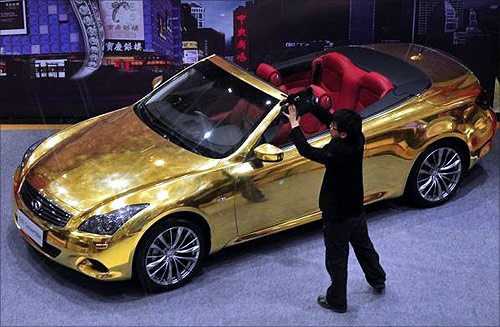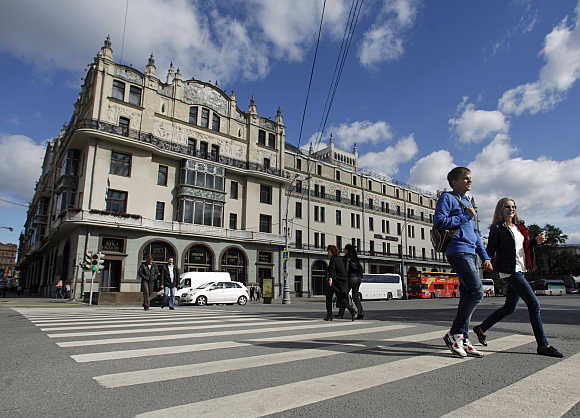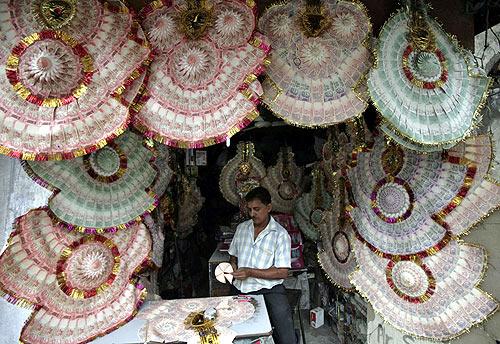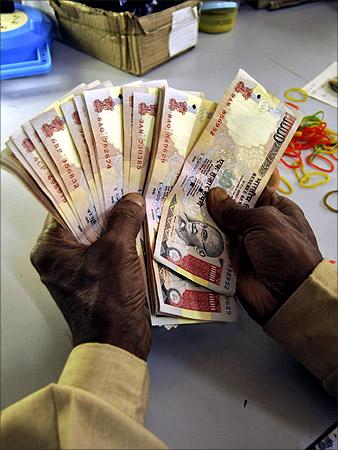 | « Back to article | Print this article |
20 interesting facts on the rise of BRICS
BRICS is an association of leading emerging economies. As of 2012, the group's five members are Brazil, Russia, India, China and South Africa.
The collective strength of the BRIC economies (Brazil, Russia, India and China) is of increasing importance to the global economy.
Click NEXT to read more...
20 interesting facts on the rise of BRICS
While developed economies across the globe struggled with towering budget deficits and rising unemployment, the BRICs fared better, lifting people out of poverty and driving the global economy.
Click NEXT to read more...
20 interesting facts on the rise of BRICS
BRICS make up 40 percent of the world's population, 25 percent of the world's landmass, and about 20 percent of global GDP.
They control some 43 percent of global foreign exchange reserves, and their share keeps rising.
Click NEXT to read more...
20 interesting facts on the rise of BRICS
As of 2012, the five BRICS countries represent almost 3 billion people.
Click NEXT to read more...
20 interesting facts on the rise of BRICS
As of 2012, the five BRICS countries have a combined nominal GDP of $13.7 trillion.
Click NEXT to read more...
20 interesting facts on the rise of BRICS
In turn, the BRICs could become as big as the G7 by 2032, about seven years earlier than we originally believed possible, according to a Goldman Sachs report.
Click NEXT to read more...
20 interesting facts on the rise of BRICS
For the five years ending in 2007, investors in the four original BRICs earned an annualised 52 per cent return, compared with just 16 percent in the G-7 markets, according to The Foreign Policy.
Click NEXT to read more...
20 interesting facts on the rise of BRICS
The BRICS will approach the total size of the seven largest developed economies by 2030, and by the middle of this century they are projected to be nearly double the size of the G-7.
Click NEXT to read more...
20 interesting facts on the rise of BRICS
BRICS consumers are also beginning to rival their American counterparts in terms of total purchasing power, says The Foreign Policy.
Click NEXT to read more...
20 interesting facts on the rise of BRICS
More cars, cell phones, televisions, refrigerators, and cognac are now sold in China alone than in the United States, says The Foreign Policy.
Click NEXT to read more...
20 interesting facts on the rise of BRICS
During the 2008 financial crisis, BRICS came to the rescue when the United States, Europe, and Japan collapsed due to their overspending, fiscal imprudence. The BRICS' demand helped pull the global economy out of its initial slump, says The Foreign Policy.
Click NEXT to read more...
20 interesting facts on the rise of BRICS
The manner in which leaders in the troubled eurozone recently pleaded with these markets for funds to help alleviate the sovereign debt crisis marks yet another definitive step in the transition of economic power from 'west' to 'east, says the Grant Thornton International Business Report 2012.
Click NEXT to read more...
20 interesting facts on the rise of BRICS
The BRICs are forecast to account for 37% of global growth in the period 2011-16, with China alone contributing 22%. This will increase the BRIC share of global output from 19% to 23%.
Click NEXT to read more...
20 interesting facts on the rise of BRICS
Meanwhile, the proportion of global output produced by the traditional powerhouses in the G7 economies will fall from 48% to 44% during 2011-16.
Click NEXT to read more...
20 interesting facts on the rise of BRICS
Russia and Brazil are way ahead in per capita income, beating China and India by a huge amount -- nearly $13,000 compared with China's $5,414 and India's $1,389, according to 2011 IMF data.
Click NEXT to read more...
20 interesting facts on the rise of BRICS
Forecasts by Goldman Sachs and others project China will overtake the United States in GDP before 2030. China is the fastest growing nation among BRICS.
Click NEXT to read more...
20 interesting facts on the rise of BRICS
Businesses in India are the most bullish in terms of increasing revenues in 2012; net 82% expect to see an increase, ahead of Brazil (78%), China (74%) and Russia (43%), says the Grant Thornton International Business Report 2012.
Click NEXT to read more...
20 interesting facts on the rise of BRICS
United States, Japan, and Germany accounted for 58 percent of patent filings in 2011, according to the World Intellectual Property Organization.
China's applications soared 33 per cent in 2011, Russia's filings were up 21 percent, Brazil's 17 percent, and India's 11 percent, says The Foreign Policy.
Click NEXT to read more...
20 interesting facts on the rise of BRICS
In terms of profitability, China leads the way with net 61% expecting to see a rise in 2012, slightly ahead of Brazil (60%), India (57%) and Russia (42%).
Meanwhile export prospects are far higher in India (36%) and China (28%) than in Brazil (16%) and Russia (6%), says the Grant Thornton International Business Report 2012.
Click NEXT to read more...
20 interesting facts on the rise of BRICS
Inflation remains a key challenge for the BRIC economies. In India the central bank has raised interest rates 13 times in 19 months to try and curb double-digit rises in consumer prices.
In Brazil, despite recent easing, the rate inflation remains at 6.6% well above the target of 4.5%. In China, inflation peaked at 6.4% in June but has since dropped to 4.2%, although the expected loosening of monetary policy may see this climb again.


